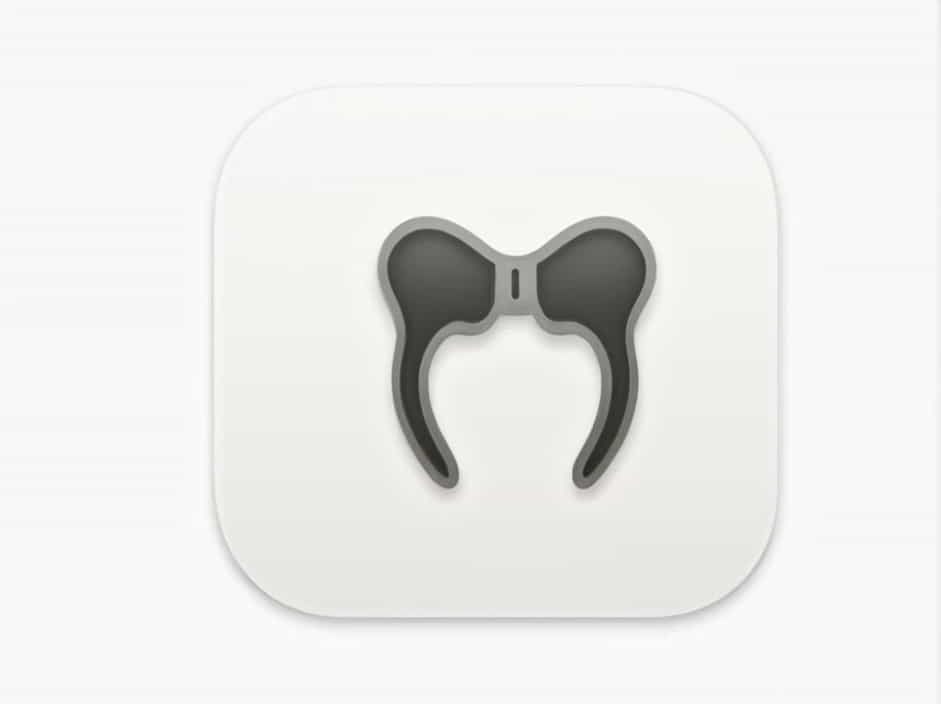The pelvis is a crucial bony structure that supports the body and protects vital organs. But what type of bone is the pelvis? The pelvis is classified as an irregular bone, meaning it does not fit into the standard categories of long, short, flat, or sesamoid bones.
The pelvis plays a fundamental role in movement, stability, and protection of the lower abdomen and reproductive organs. Understanding its structure and function helps in recognizing its importance in both everyday life and medical fields like orthopedics and physical therapy.
What Is the Pelvis?
The pelvis is a ring-like structure located at the base of the spine. It connects the trunk to the lower limbs and provides attachment points for muscles and ligaments. The pelvis is composed of several bones that fuse together during early adulthood.
Classification of the Pelvis as an Irregular Bone
Bones are categorized based on their shape and function. The pelvis falls under the category of irregular bones because it has a complex shape that does not match the typical characteristics of long, short, or flat bones.
Irregular bones serve various functions, such as protection, support, and facilitating movement, making the pelvis essential for structural integrity and mobility.
Anatomy of the Pelvis
The pelvis consists of three main bones that fuse together in adulthood:
1. Ilium
- The largest part of the pelvis.
- Forms the upper, broad section of the pelvic girdle.
- Provides attachment points for muscles that aid in movement.
2. Ischium
- Forms the lower, back portion of the pelvis.
- Supports body weight when sitting.
3. Pubis
- The front part of the pelvis.
- Connects to the opposite pubis bone at the pubic symphysis, which allows slight movement and flexibility.
These bones fuse to form the os coxae (hip bone), which connects to the sacrum at the back to complete the pelvic ring.
Functions of the Pelvis
The pelvis has several vital functions in the body, including:
1. Support and Stability
- Acts as the foundation for the upper body.
- Supports the spine and distributes weight to the lower limbs.
2. Protection of Organs
- Shields the reproductive organs, intestines, and bladder from injury.
3. Movement and Locomotion
- Connects to the hip joints, enabling walking, running, and sitting.
- Provides attachment points for muscles involved in leg and trunk movements.
4. Childbirth (in Women)
- The female pelvis is wider and more flexible to facilitate childbirth.
Differences Between Male and Female Pelvis
The structure of the pelvis varies between men and women due to differences in reproductive function and biomechanics.
| Feature | Male Pelvis | Female Pelvis |
|---|---|---|
| Shape | Narrow and deep | Wider and shallower |
| Pelvic inlet | Smaller and heart-shaped | Larger and more circular |
| Pelvic arch angle | Less than 90° | Greater than 90° |
| Sacrum | Longer and curved forward | Shorter and less curved |
These differences make the female pelvis more suited for childbirth, while the male pelvis is adapted for greater strength and stability.
Pelvic Joints and Ligaments
The pelvis is connected by several joints and ligaments that provide stability and flexibility.
Pelvic Joints
- Sacroiliac joint: Connects the sacrum to the ilium, allowing slight movement.
- Pubic symphysis: A cartilaginous joint that provides flexibility and absorbs shock.
- Hip joint: A ball-and-socket joint where the femur meets the pelvis, allowing leg movement.
Pelvic Ligaments
- Sacrospinous and sacrotuberous ligaments stabilize the pelvis.
- Iliolumbar ligament supports the lower back and pelvis connection.
Common Pelvic Disorders and Injuries
The pelvis is a strong structure, but it can be affected by injuries, deformities, or medical conditions.
1. Pelvic Fractures
- Can result from trauma, falls, or accidents.
- Severe fractures may require surgery or prolonged immobilization.
2. Pelvic Pain
- Common in pregnancy, sports injuries, or conditions like arthritis.
- Can result from muscle imbalances or nerve compression.
3. Osteoporosis and Pelvic Weakness
- Weak bones increase the risk of fractures, especially in older adults.
- Calcium and vitamin D intake are essential for bone health.
4. Pelvic Inflammatory Disease (PID)
- An infection affecting the female reproductive organs.
- Can lead to chronic pain and fertility issues if untreated.
How to Keep the Pelvis Healthy
Maintaining pelvic strength and flexibility is crucial for overall health.
1. Exercise and Strength Training
- Core strengthening exercises (planks, bridges) improve stability.
- Hip stretches enhance flexibility and reduce tension.
2. Proper Posture
- Sitting and standing with correct spinal alignment reduces pelvic strain.
3. Bone Health Maintenance
- Consume calcium-rich foods and vitamin D to prevent bone loss.
4. Avoid High-Impact Activities (If at Risk)
- Those with osteoporosis should limit activities that stress the pelvis.
The pelvis is classified as an irregular bone due to its complex shape and multiple functions. It supports the upper body, protects vital organs, and plays a crucial role in movement and stability.
Understanding its anatomy, function, and potential issues helps in preventing injuries and maintaining overall health. Whether through exercise, posture correction, or proper nutrition, taking care of your pelvis ensures better mobility and quality of life.
